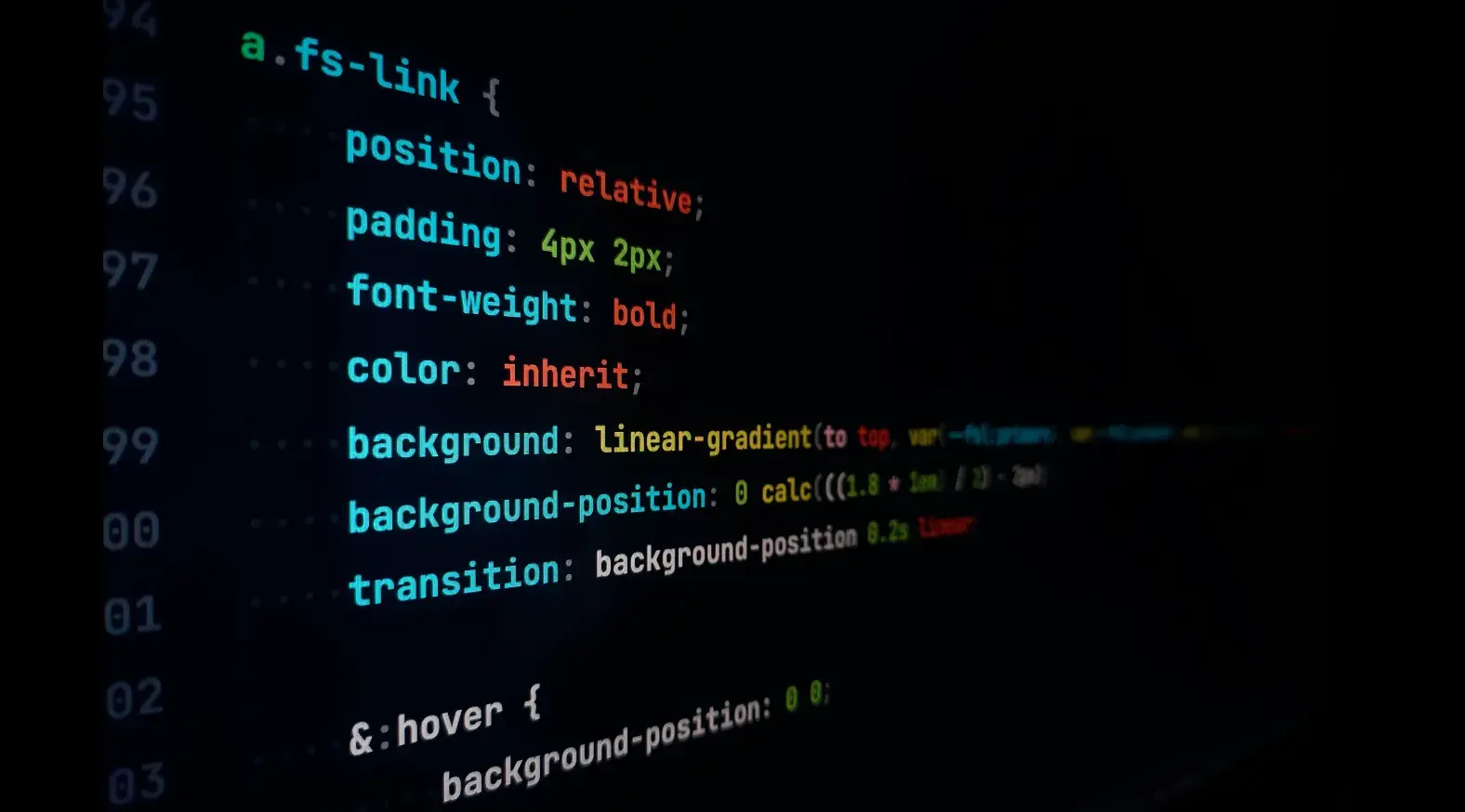As a CSS developer, you'll be responsible for creating visually appealing and user-friendly websites and applications. In order to do this effectively, it's important to have a strong understanding of a variety of design concepts. In this post, we'll outline the top 7 design concepts that every CSS developer should know, including layout, typography, color theory, UX design, accessibility, animation, and responsive design.
There are many design concepts that can be helpful for a CSS developer to learn. Here are a few examples:
-
Layout:
This refers to how elements on a page are arranged and structured. This includes concepts such as grid-based layouts, responsive design, and positioning elements on the page. -
Typography:
This involves choosing and styling text on a webpage, including font sizes, font families, and text alignment. -
Color theory:
This involves understanding how to use color effectively in design, including choosing color schemes and ensuring that text is legible against different background colors. -
User experience (UX) design:
This involves designing websites and applications with the user in mind, considering factors such as ease of use, navigation, and accessibility. -
Accessibility:
This involves designing websites and applications that can be used by people with disabilities, including those with visual, auditory, or motor impairments. -
Animation:
This involves adding motion to elements on a webpage, such as transitions, hover effects, and scroll-triggered animations. -
Responsive design:
This involves designing websites and applications that look and function well on a variety of devices, including desktop computers, tablets, and smartphones.
It's important to note that these are just a few examples, and there are many other design concepts that a CSS developer might need to learn, depending on the specific projects they are working on. Here are a few additional examples:
-
Information architecture:
This involves organizing and structuring content in a way that is logical and easy for users to understand. -
Interaction design:
This involves designing the way that users interact with a website or application, including user flows and user interface elements. -
Visual design:
This involves creating a cohesive visual aesthetic for a website or application, including choosing colors, fonts, and other design elements. -
Wireframing:
This involves creating a basic layout and structure for a website or application, using simple shapes and lines to represent the content and interface elements. -
Prototyping:
This involves creating a functional prototype of a website or application, either as a static mockup or a fully interactive version. -
User testing:
This involves collecting feedback from users in order to improve the usability and effectiveness of a website or application.
Again, this is just a small sample of the many design concepts that a CSS developer might need to learn, and the specific concepts will depend on the projects they are working on. It's also important to note that design concepts are not limited to web development and can be relevant to other areas of design as well.
Conclusion:
By familiarizing yourself with these design concepts, you'll be well-equipped to create professional, high-quality projects that meet the needs of your clients and users. Whether you're just starting out in your career or looking to expand your existing knowledge, these concepts are essential for any CSS developer.




Comments